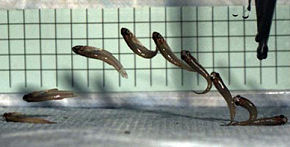
A new Northern Arizona University study into how fish behave when stranded on land suggests that excursions onto dry land may be a much more frequent event than previously thought. The research, which has significant implications for the field of evolutionary biology, appears in JEZ A: Ecological Genetics and Physiology.
The study began by looking at guppies (aquatic fish), and a relative, the mangrove rivulus (an amphibious fish). “The guppy jumped almost as well as the amphibious fish did,” said surprised lead researcher, Alice Gibb said. “And no one has ever suggested that a guppy is an amphibious fish. As a result, we put everything we could get our hands on in front of a high-speed camera.” Some of those additional subjects included the mosquitofish and a common pet store zebra fish, which is a very distant relative of guppies and mosquitofish.
Gibb said her work “supports a big-picture theory in evolution,” which is that the nervous system, in its control of bones and muscles, can allow a new behavior to appear without necessarily bringing about a physical change. In the case of aquatic fish, “This shows that you don’t have to have legs or rigid pectoral fins to move around on land. So if you go back and look at the fossil record to try to say which fish could move around on land, you’d have a hard time knowing for sure.”
The mosquitofish “has become our lab rat,” Gibb added. “It’s accessible, it comes from a group that has other jumpers, and it’s been reported that this fish jumps out of the water to get away from predators and then jumps back in.” Similar stories about other unexpected fish behaviors add to mostly anecdotal literature on the topic that Gibb said “tends to be old and very diffuse.”
Related:
Primitive whales gave birth on land
Evolution Makes A Mockery Of Fishing Policy
Birth control hormones threaten fish fecundity
Honey, We Shrunk The Cod


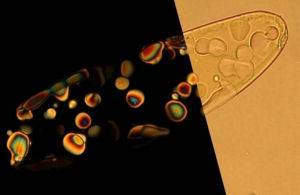

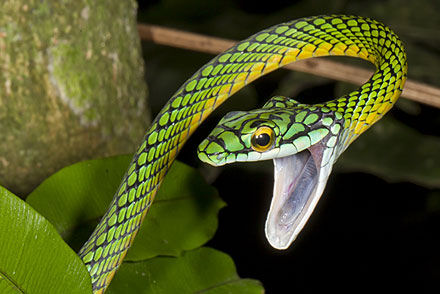

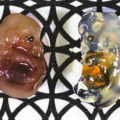

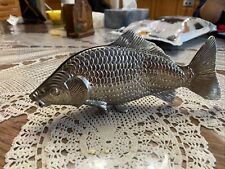
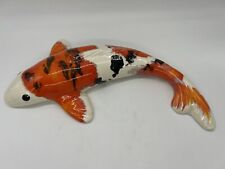




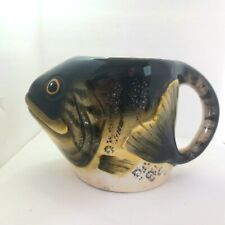
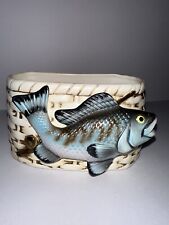


Comments are closed.